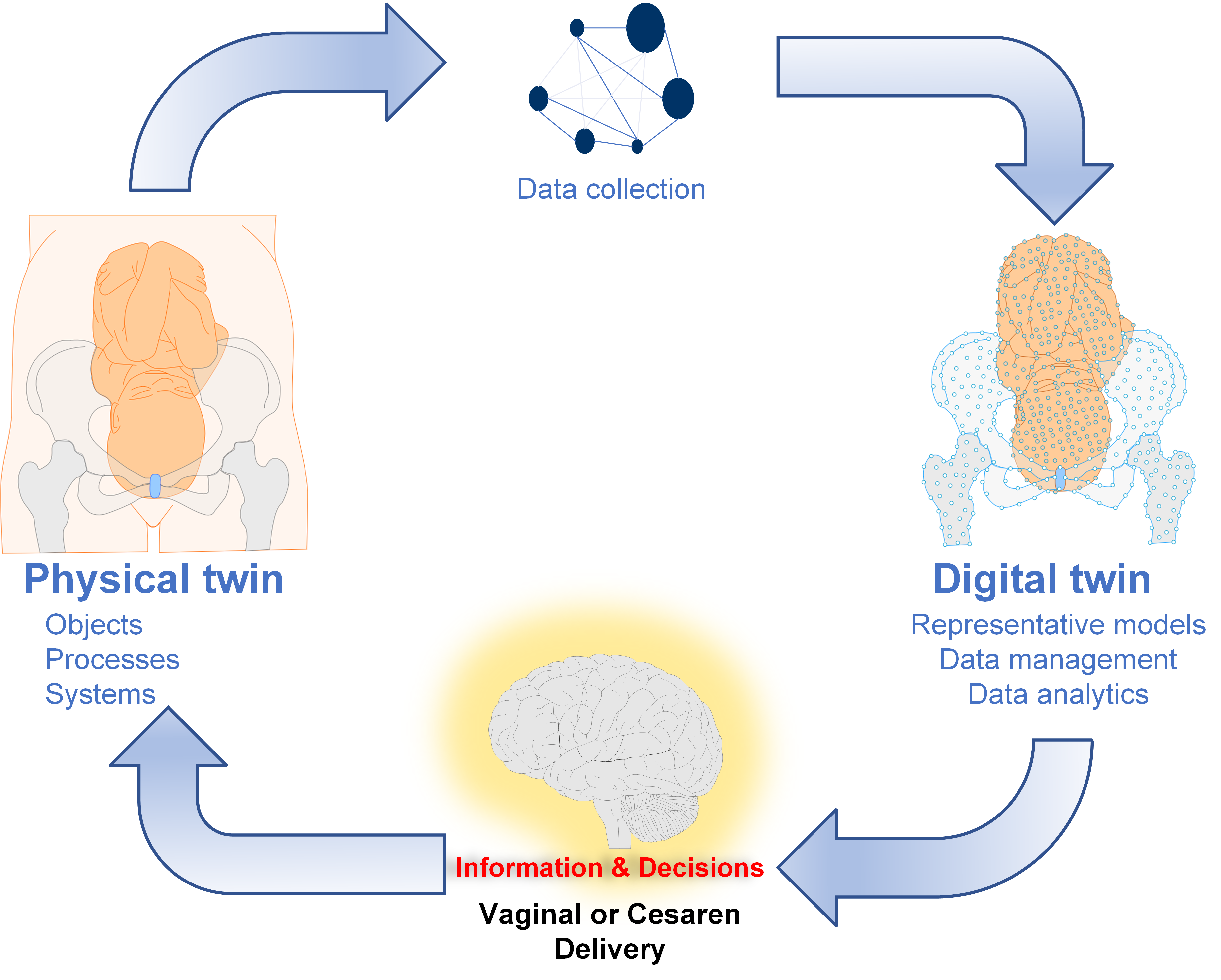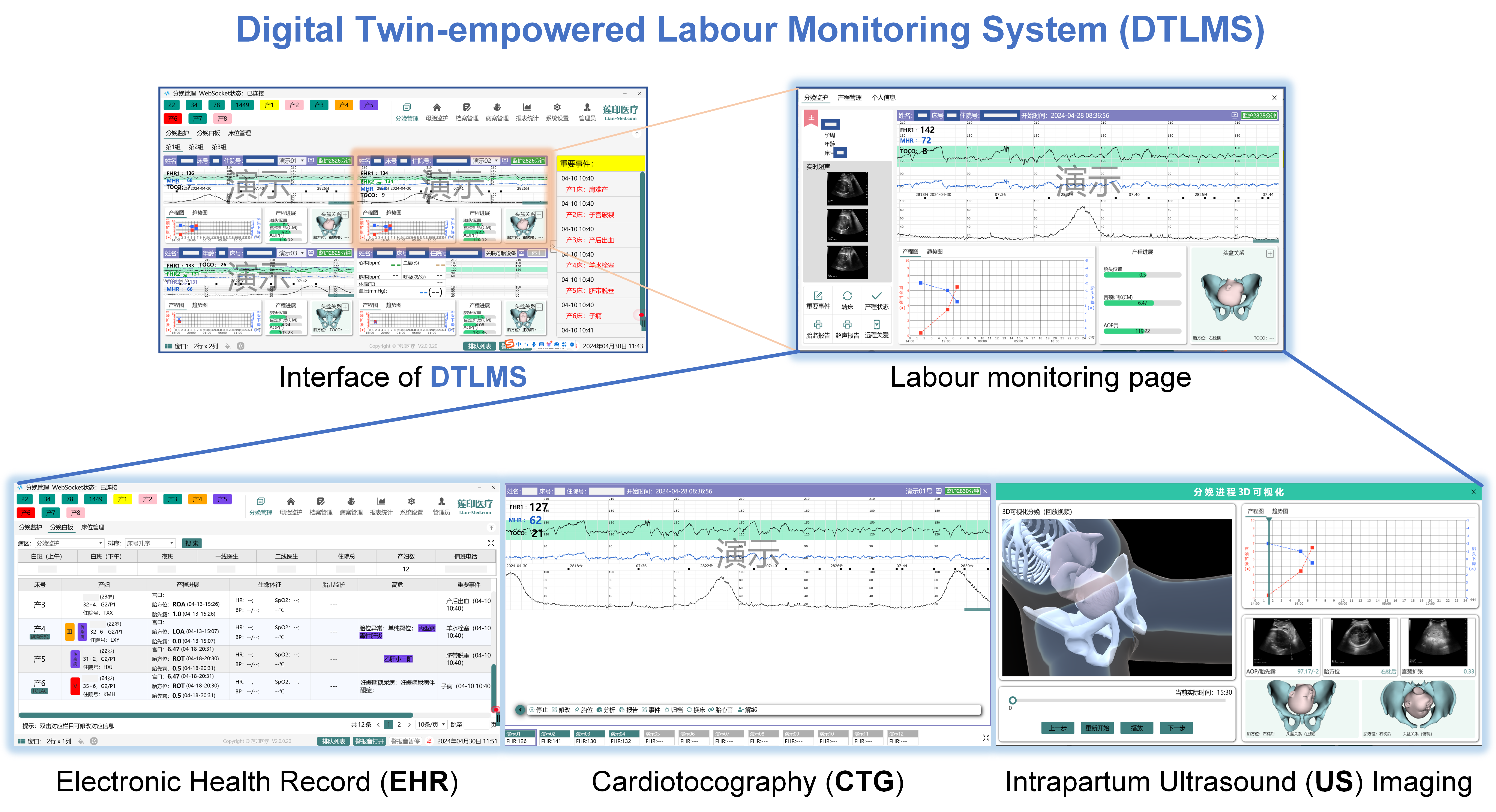Digital Twin for Fetal and Maternal Health
Published in Bioengineering & Biotechnology
Globally, an alarming number of maternal fatalities (approximately 287,000), neonatal deaths (2.4 million), and stillbirths (1.9 million) are reported annually, with the bulk occurring in low- and middle-income countries. A significant proportion (up to 45%) of these adverse outcomes transpire during labour, birth, and the immediate postnatal period. Although cesarean deliveries hold life-saving potential, their increasing rate poses a substantial global health challenge. According to the Guangzhou Women and Children's Medical Center birth cohort study in China, the cesarean section rate (i.e., 32%) in Guangzhou is still much higher than the ideal cesarean section rate (10%-15%) recommended by the World Health Organization. By 2030, it is projected that around 28.5% of all global births will involve cesarean sections, which equates to approximately 38 million women annually . Optimizing the use of caesarean section is a matter of global concern as underutilization can lead to heightened maternal and perinatal mortality and morbidity, while overutilization is linked to non-reduced mortality rates and can cause complications in subsequent pregnancies.

The process of childbirth is influenced by the 'three Ps' model: the passageway (maternal bony pelvis and soft tissues), the passenger (fetus), and the power (uterine contractions and voluntary maternal efforts during delivery) . Effective decision-making necessitates the integration of a vast array of data collected during antenatal visits, upon admission to the delivery unit, and throughout labour. This emphasizes the need for a dynamic, individualized assessment approach, which is at the core of precision medicine—tailoring medical treatments to the unique characteristics of each patient.
Technological progressions, such as big data analytics, cloud computing, virtual reality, and the Internet of Things and Artificial Intelligence, play a crucial role in advancing this personalized approach to medicine. These technologies facilitate the development of digital twins (DTs), sophisticated simulations that amalgamate real-time data from diverse sources like electronic health records (EHRs), medical devices, and genomic information. DT technology is transforming healthcare systems by leveraging real-time data integration, advanced analytics, and virtual simulations to enhance patient care, enable predictive analytics, optimize clinical operations, and facilitate training and simulations. With their ability to analyze extensive patient data from various sources, DTs can offer personalized treatment plans and facilitate predictive analytics and preventive interventions through machine learning algorithms. The implementation of DT technology in healthcare holds the potential to significantly improve patient outcomes, enhance patient safety, and drive innovation in the healthcare industry.

Bai J, Kang X, Wang W, et al. A multimodal model in the prediction of the delivery mode using data from a digital twin-empowered labor monitoring system. DIGITAL HEALTH. 2024;10. doi:10.1177/20552076241304934

Please sign in or register for FREE
If you are a registered user on Research Communities by Springer Nature, please sign in